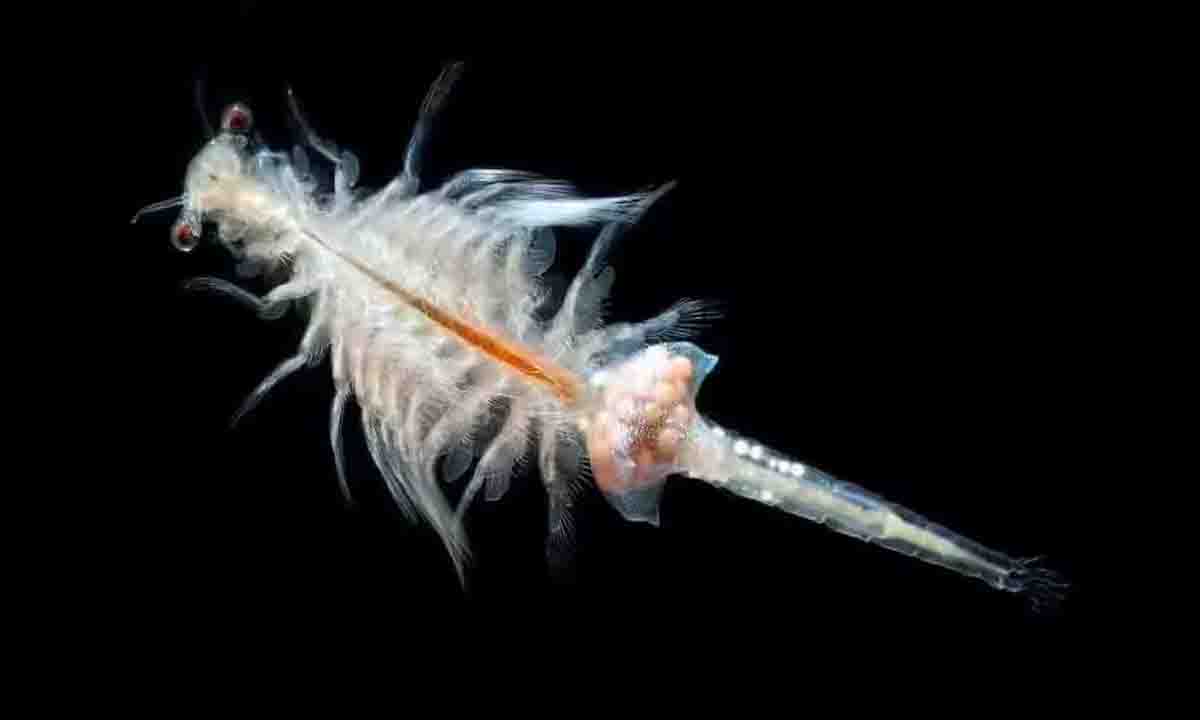Humans lost Their Tails 25 Million Years Ago, Scientists Figure Out Why

Humans lost their tails about 25 million years ago, but scientists have now discovered what caused the mutation during the process of evolution. The discovery has been made by researchers from New York University Langone Health. They zeroed in on a single snippet of DNA that apes and humans share, but is missing from monkeys. It has been published as a cover story in the prestigious journal Nature.
“Our study begins to explain how evolution removed our tails, a question that has intrigued me since I was young,” lead study author Bo Xia said.
The answer lies in the gene TBXT, which is involved with tail length in certain animals. The gene was missing in humans, not because of mutation, but by another genetic code “snippet” known as AluY, which was randomly inserted into early humans and non-tailed apes during prehistoric times, according to the study.
The new gene was shown to affect tail lengths. When paired with TBXT, it formed two types of ribonucleic acid – critical to cellular structure – that produced tail loss in people and apes.
“This finding is remarkable because most human introns carry copies of repetitive, jumping DNAs without any effect on gene expression, but this particular AluY insertion did something as obvious as determine tail length,” Dr Jef Boeke, the Sol and Judith Bergstein Director of the Institute for Systems Genetics, was quoted as saying by New York Post.
AluY snippets are also called “jumping genes” or “mobile elements” because they can move around and insert themselves repeatedly and randomly in human code.
They used mice to test their theory, inserting AluY into 63 of them. The researchers found that tails of offspring were either shorter or missing entirely.
These experiments also showed that tail loss might also coincide with an increase in neural tube defects, which in people can cause diseases like spina bifida – an affliction when the spine does not align properly with the spinal cord.
“Future experiments will test the theory that in an ancient evolutionary trade-off, the loss of a tail in humans contributed to the neural tube birth defects,” said study author Dr Itai Yanai.
















